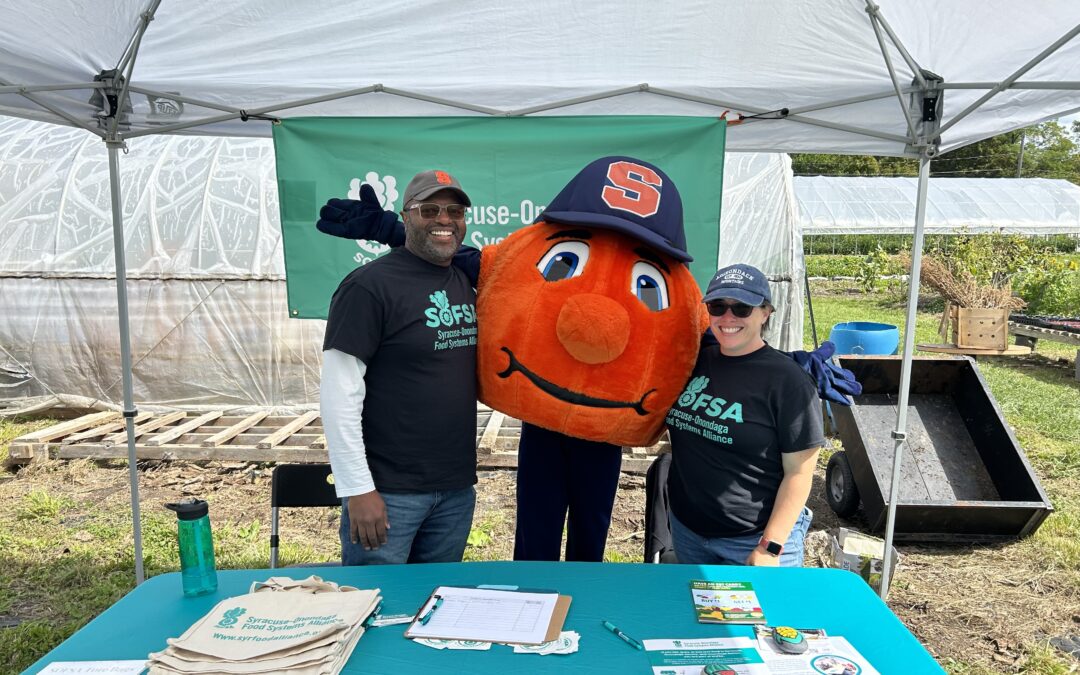Dear Army Corps of Engineers and Micron Technology,
We are submitting a comment on behalf of the Syracuse-Onondaga Food Systems Alliance, a local coalition representing the interests of food systems stakeholders Syracuse, Onondaga County, and Onondaga Nation. This includes anyone who works with food from the soil, to the plate, and back to the soil again; farmers, food aggregators, markets/retailers, educators, grassroots organizers, hunters, fishers, foragers, and consumers are all a part of our network.
These stakeholders represent a broad swathe of interests and concerns when it comes to the environmental impact of Micron’s arrival in Onondaga County. Culturally, Onondaga Lake is an important ancestral watershed for the people of Onondaga Nation, and there is a history of pollution that carries high significance. Ensuring that this watershed is not polluted any further is of key importance. As Micron joins our local landscape, it is imperative that the company not only ensure that pollution does not increase but also actively contribute to the ongoing efforts to bring the health of the watershed back to pre-industrial levels. We request that the EIS include metrics and thresholds that describe recommended watershed metrics and specific timelines to ensure accountability.
Beyond its cultural significance, clean water — including the tributaries and groundwater in Onondaga County — is necessary to a thriving food system. While information about water recycling is abundant, what is not clear is where the non-recycled, polluted wastewater will go, what pollutants it will contain, and what the volumes and concentrations are expected to be. Moreover, it remains unclear what thresholds have been set to maintain accountability should polluted wastewater exceed limits that have been deemed “safe and acceptable.” We are requesting that this information is made available and accessible to the Onondaga County community. We understand that Micron aspires to eventually have a 90-95% recycling rate. We request transparency around the timeline to achieve that rate, interim and contingency planning, and ongoing communication mechanisms for updates to maintain accountability to the many communities that rely on these waterways. Expediting that timeline should be a top priority in lessening any possible environmental impacts.
An additional environmental impact that is tied to food systems is the availability of housing in our community that is already strained by increasing rent and debilitated housing stock. We would like to see a plan that highlights how Micron, the Onondaga County Legislature, and the local municipalities are working together to protect vulnerable communities from increases in cost of living that could endanger the already-precipitous food insecurity experienced by one third of the population in Syracuse. Overall, these recommendations and requests are tied to one another; our primary concern is lessening the impacts of Micron on food insecurity, safeguarding our watersheds and agricultural soils, and doing so in a transparent manner.
Thank you,
Thank you,
The Syracuse-Onondaga Food Systems Alliance

